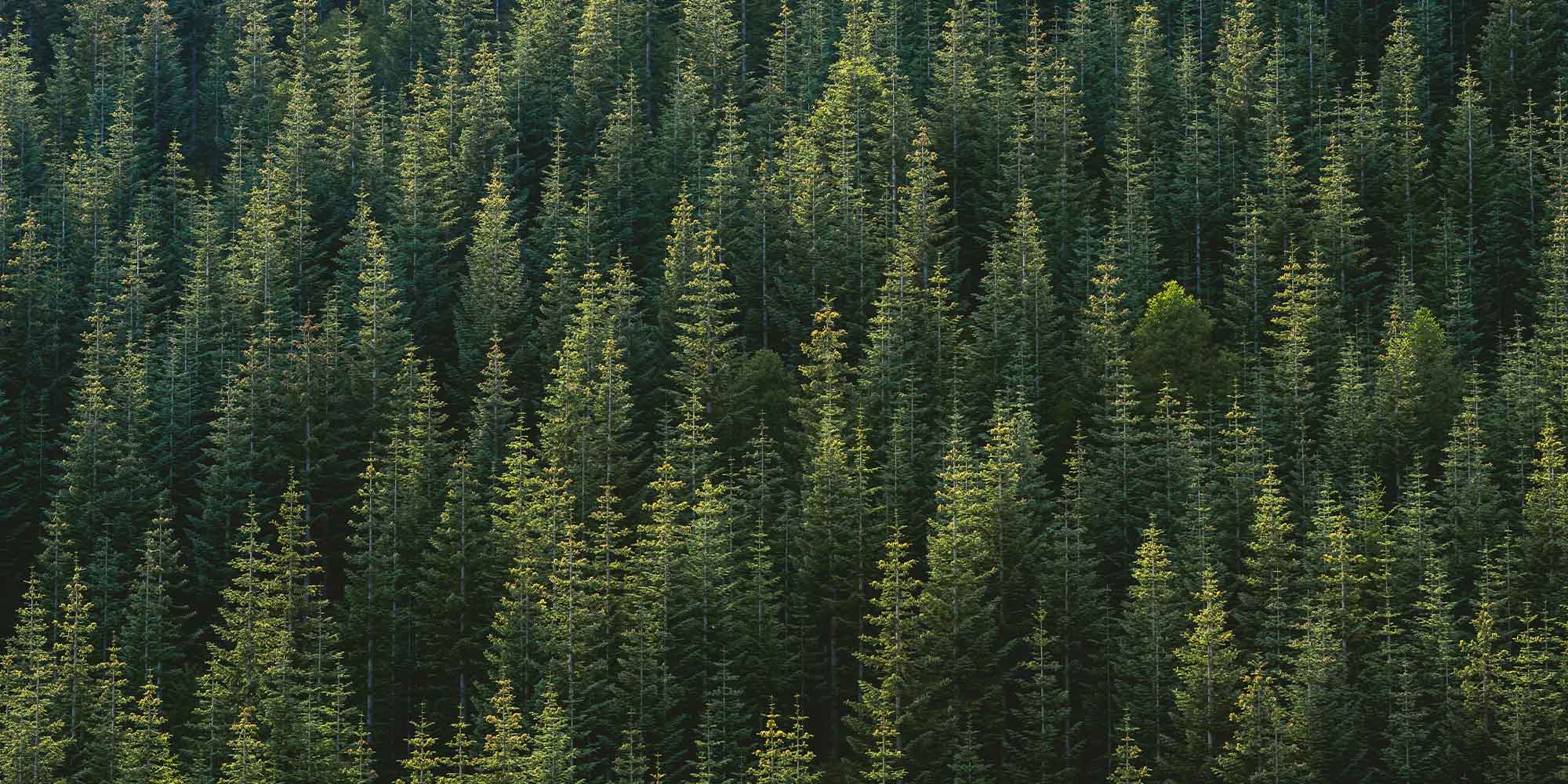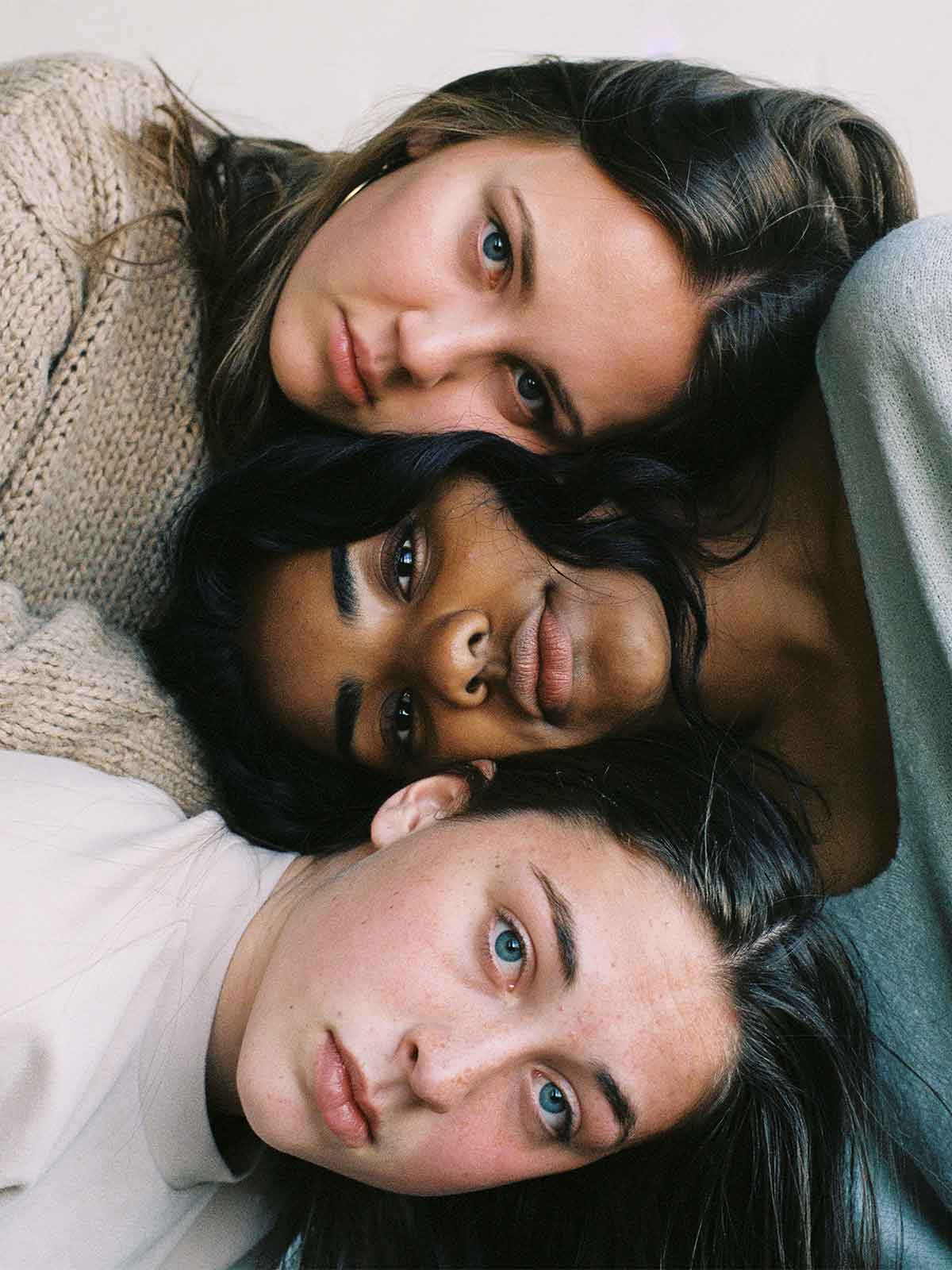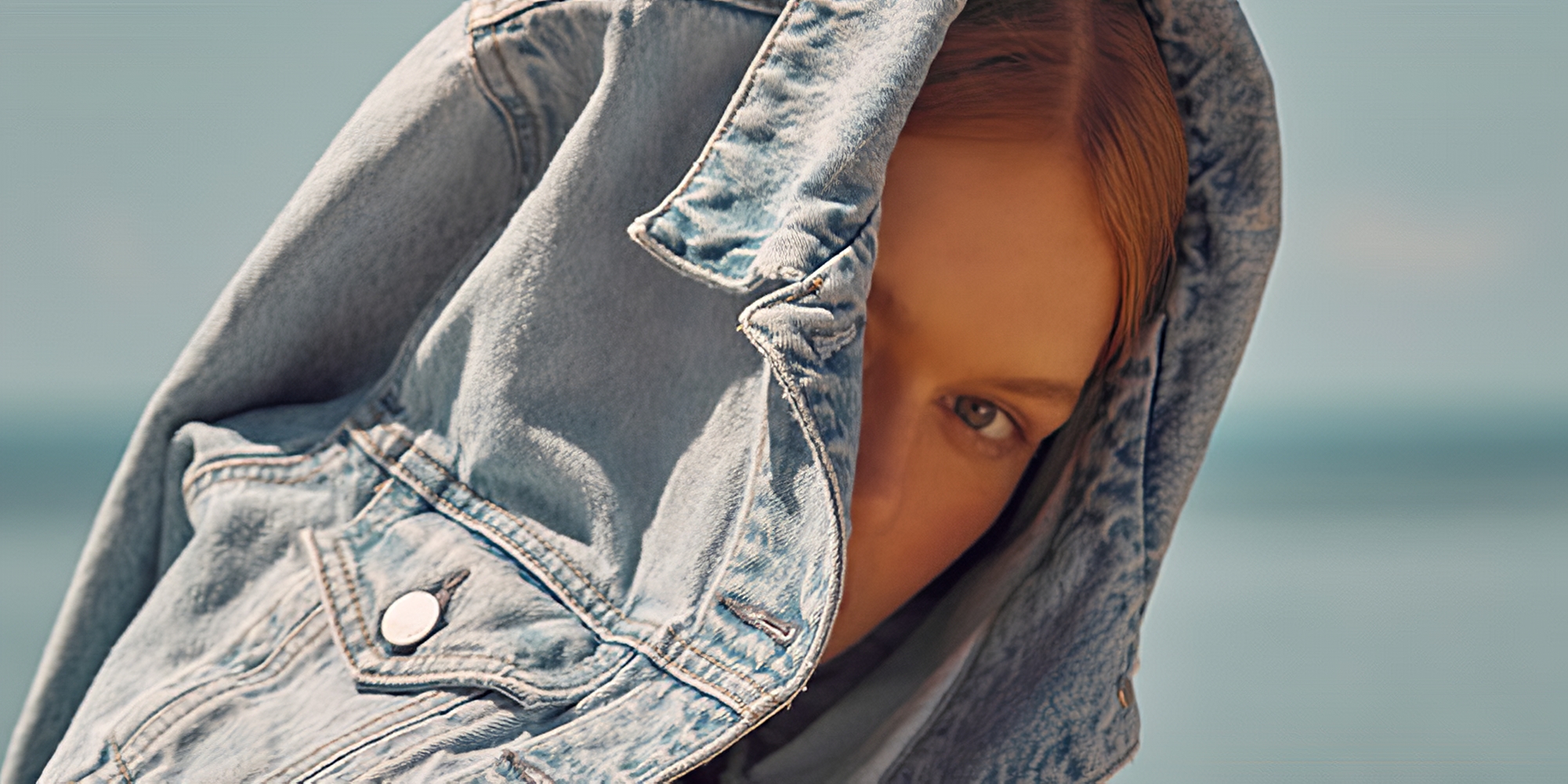Humans have been using rubber for more than 1000 years, but it’s only in the last few years that we’ve started seeing more of the squeaky material in fashion, from the catwalk to our wardrobes.
Gone are the days when rubber—or latex—was only associated with fetish clubs and underground cultures. Today, more and more designers are incorporating the material into their collections, like in Kourtney and Kim Kardashian’s Balmain latex suit, or more recently in Bottega Venetta’s Rubber Flash Mule, which is said to be an “elevated take on fashion’s favourite ‘ugly’ shoe: the rubber clog.” Rubber rain boots are even set to be one of the trendiest boots this winter, with Lyst announcing that searches for rubber shoes are up 23% since April.
But what do we know about rubber as a fashion material? What is rubber exactly? How is it made? And most importantly: is it sustainable? Today we give you the lowdown on this quirky material.
What is rubber?
When you think about rubber, you probably have in mind erasers, tyres, elastic bands, rain boots, or those horrible swimming caps, but what is it exactly, and where does it come from?
Rubber is a strong, elasticky and super stretchy material that can either be natural or synthetic. It can be soft or hard, and this versatility means it can be used in a wide variety of items.
Natural rubber is made using latex, the runny, milky white sap that oozes from certain plants and trees when you cut into them. Today, most of the natural rubber used in the world comes from the latex of the Hevea brasiliensis, also known as the rubber tree.
Because we can’t produce enough natural rubber to meet our needs, we also make synthetic rubber, which is made—as you might have already guessed—with chemicals. The most well-known synthetic rubbers are neoprene (the material used in most wetsuits) and emulsion styrene-butadiene rubber (E-SBR), used for making tyres.
It’s said that over 1000 years ago, Native Americans living in Central and South America were making waterproof clothes and shoes using the latex from rubber trees. Still, it’s only in the 1830s, when Charles Goodyear accidentally discovered how to make rubber stronger, that it became a commercial commodity.
How is rubber made?
Ok, so now we know rubber comes from trees or mixing chemicals, but what does that look like, exactly?
Natural rubber starts with rubber tapping, which involves making a cut into the tree bark and collecting the sap as it drips out. The collected latex is filtered, washed, and mixed with acids to make the rubber particles stick together.
For synthetic rubber, the process usually starts with mixing chemicals. More precisely, it starts with the refining of oil, coal, or other hydrocarbons, during which naphtha is produced. The naphtha is then collected before being combined with natural gas to produce monomers such as neoprene or styrene-butadiene, which we talked about earlier. These monomers go through another process that results in a chain of polymers and creates that rubbery substance.
The natural and synthetic mixtures are then pressed into slabs and dried before being made softer through a process called mastication, mixed with chemicals to improve their properties, squashed, and squeezed. Finally, the rubber is cooked with sulphur and vulcanised (the method discovered by Charles Goodyear) to about 140°C (280°F). The rubber is then ready to use for a multitude of applications.

How is rubber used in fashion?
It was in the early 1800s that scientists started exploring rubber as a clothing material. In 1818, James Syme tried using rubber-coated cloth to make raincoats, but in 1823, Charles Macintosh refined (and patented!) Syme’s technique by using Goodyear’s vulcanisation process. He has been known ever since as the inventor of the rubberised waterproof coat, aka “Mackintoshes”. But—as you might imagine—rubber is not an easy material to work with and sew, so designs were minimal.
Today, rubber is seen as an edgy and cool material, worn by celebrities like Kim Kardashian or Lady Gaga when she met Elizabeth II wearing a stunning red latex dress (Lady Gaga, not the Queen!). But rubber is also super practical, and its waterproof properties make it an excellent material for different uses, from surf wetsuits to clogs, sneaker soles, and simple rain boots.
Is rubber ethical and sustainable?
As we mentioned, one type of rubber comes from trees, so it’s easy to think that this natural material is sustainable, ethical, eco-friendly, and overall good for the Planet, People, and Animals. But in reality, even natural rubber production is far from perfect, and it does pose some threat to the Earth and its inhabitants. Let’s take a look.
Impact on the planet
While rubber trees are native to rainforests in the Amazon region of South America, the majority of production has moved, and today around 90% of natural rubber is produced in Asia due to several plant diseases. This move is creating issues:
The first is deforestation, as tropical forests are cleared for rubber plantations to meet the growing demand. It’s said that from the moment rubber production started speeding up in the 2000s to 2012, more than 1 million hectares of non-traditional rubber areas in Southeast Asia were lost to rubber plantations. This threatened biodiversity in one of the world’s most species-rich regions.
Plus, even in Asia, rubber trees are not immune to pests, diseases, and the damages that come with it, meaning pesticides and herbicides are often used to protect the production and ensure its profitability. As we now know, pesticides and herbicides are very potent and can contaminate soil, water, vegetation, animals, insects … Long story short, they’re bad news for all living things, including us humans.
And that’s just natural rubber. Synthetic rubber poses threats of its own. The main one is that it’s usually made from crude oil, which is non-renewable, non-biodegradable, and releases harmful chemicals into the environment. No, thank you.
If that wasn’t enough, even natural rubber items are usually not made from natural rubber alone. The rubber is generally mixed with other (chemical) components to make the items more durable or resistant. Even the simple vulcanisation process (remember, mixing rubber with sulphur and then heating it) early on in rubber production renders it non-biodegradable.
Impact on people
Yes, rubber grows on trees, but you still need people to tend to the trees and work throughout the production process.
Thailand is one of the biggest rubber exporters, and many of the 2 million rubber farmers in the country are migrant labourers from poorer neighbouring countries, earning as little as US$6 a day.
More recently, there have also been reports of clashes between indigenous people and local communities, and rubber companies, because of land grabs and poor working conditions.
Plus, like many industries globally, the natural rubber industry took a hit from the COVID-19 crisis. As the world stopped, many smaller producers struggled to make a living, and some recently implemented sustainability initiatives were paused.
Unfortunately, the issues in the rubber industry are not as well-known as the ones in soy or palm oil production. According to WWF, that’s one reason why rubber production is “fraught with issues, including corruption, land grabs, human and labour rights violations, illegal logging, and deforestation”. This also means the rubber industry is less regulated.

Moving towards a sustainable rubber industry
But there’s some good news. To start with, rubber trees now growing on previously cleared land with low conservation value can help to capture carbon emissions and reduce erosion.
Rubber production also provides jobs and livelihood for millions of workers. And when rubber trees stop producing latex, the wood can be reused, providing income in different industries.
Luckily, big organisations are spearheading a sustainable rubber supply chain that positively impacts the environment and people, including WWF’s Sustainable Business Programme, which is currently working with Myanmar’s Department of Agriculture.
And in October 2018, the independent Global Platform for Sustainable Natural Rubber (GPNSR) was set up to help improve the impact of the natural rubber industry.
The Forest Stewardship Council (FSC) has also developed a position statement for all companies that wish to source sustainable natural rubber, helping improve the social and environmental management of natural rubber plantations worldwide. Brands such as Patagonia and Allbirds have signed FSC’s statement.
What about recycled rubber?
Recycled materials are gaining traction, and we see more and more brands using recycled rubber. Used tyres are one of the most recycled rubber materials, with the United States alone recycling an estimated 250 million tyres annually.
Like most recycled materials, recycling rubber reduces the need to harvest new rubber, reduces the risks associated with natural rubber production, AND uses less energy than creating new synthetic rubber.
Overall, new rubber, even when natural, isn’t the most sustainable or ethical material, but we are seeing some progress. If you’re interested in buying an item that contains rubber, we recommend checking where the material comes from and if it is fairly and sustainably sourced. Recycled rubber is also an excellent, more sustainable option.
Once your item has reached the end of its life, check with your local waste processing facilities to see if they will accept it for further recycling.
























